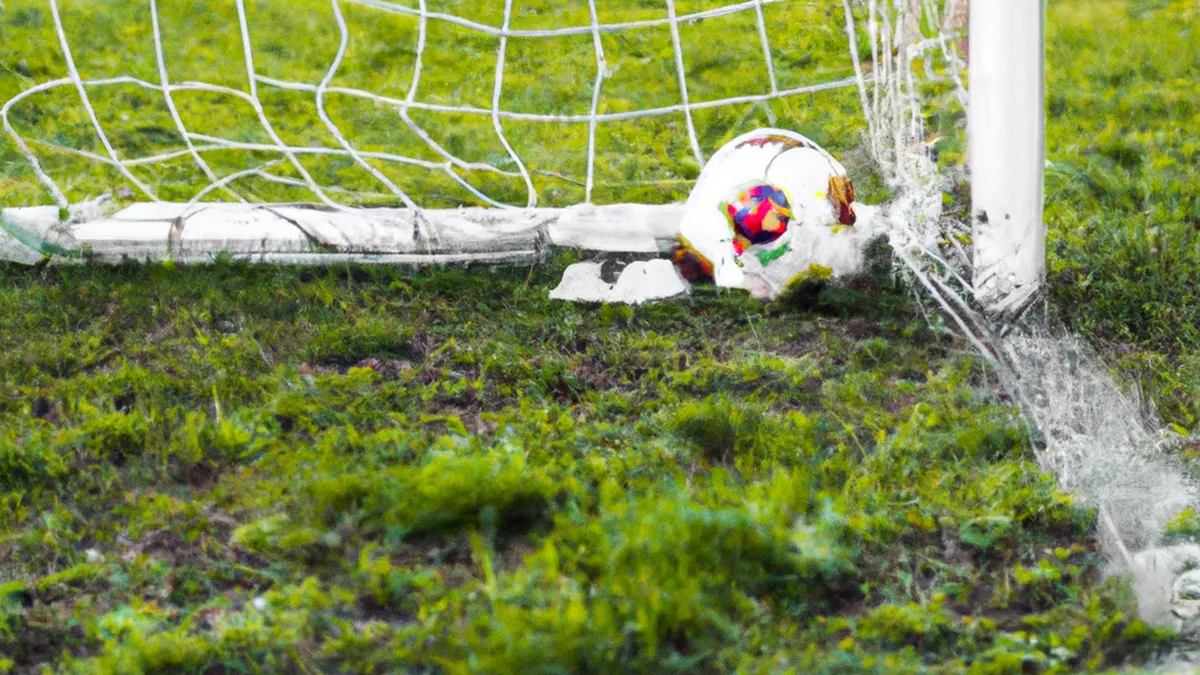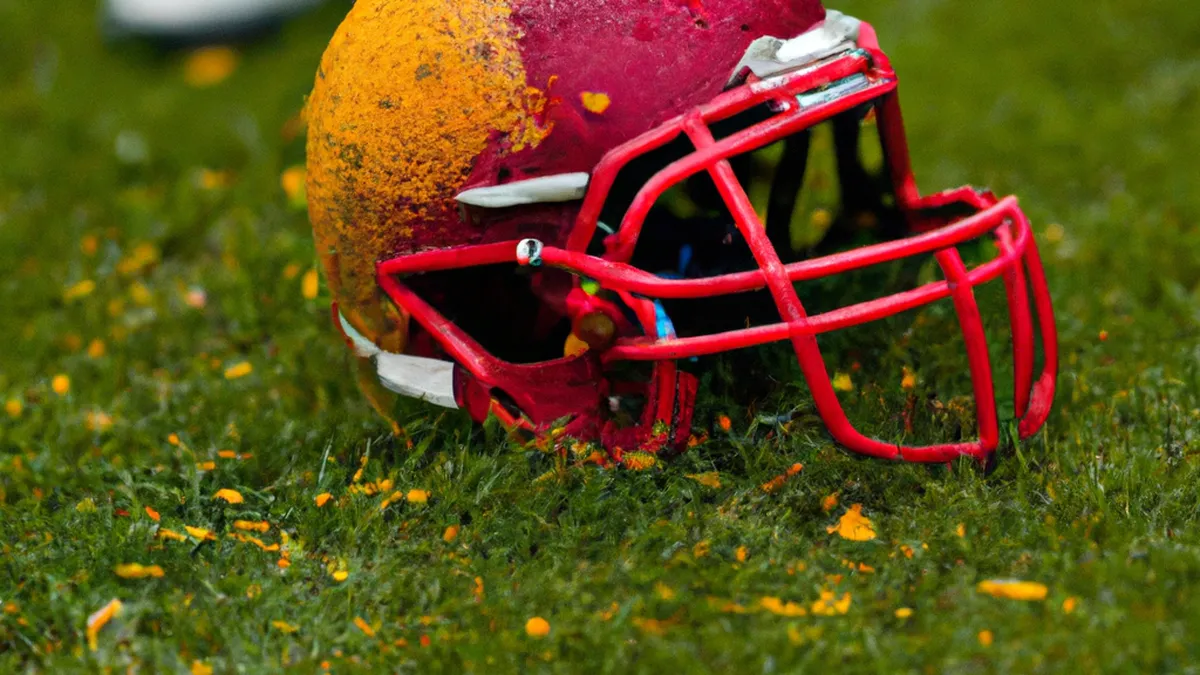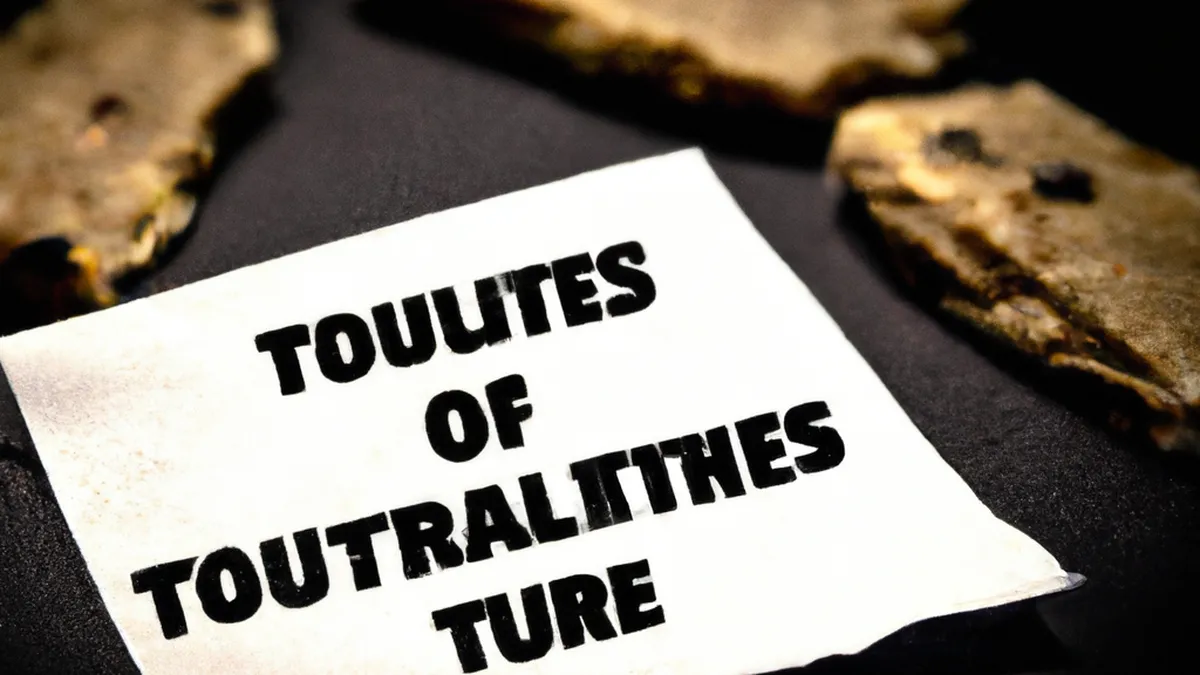Exploit Spaces: Effective Counter Moves
Mastering Counter-Attacking in SoccerCounter-attacking swiftly shifts a team from defense to offense. This tactic can catch opponents off guard. Effective counter-attacks create high-quality scoring chances and change match outcomes. This blog explores strategies, tips, and benefits of mastering counter-attacking.
Understanding Counter-Attacking
Counter-attacking exploits opponents’ weaknesses during their offensive plays. When teams push too many players forward, they create defensive gaps. A timely counter-attack can capitalize on these openings, leading to breakaways. Speed and precision drive successful counter-attacks. Players must transition quickly from defense to offense, make fast decisions, and execute precise passes. Timing and teamwork matter; multiple players must work together to create space and opportunities.
Tips for Effective Counter-Attacking
As an Amazon Associate I earn from qualifying purchases.
Gear tip: consider soccer ball, soccer cleats, and reusable snack bags to support this topic.
1. Maintain Defensive Shape
A strong defensive structure supports counter-attacking strategies. Players must hold their positions to enable quick transitions to attack. Upon losing possession, players should stay compact, ready to regain the ball or start a counter. This discipline helps exploit opponents’ weaknesses.
2. Identify Key Players
Certain players excel at counter-attacking due to their speed and agility. Coaches should identify these players and create strategies that highlight their strengths. Fast wingers or strikers can exploit defensive gaps, while vision-oriented midfielders can initiate quick attacks. Encourage these players to take risks for scoring opportunities.
3. Utilize Quick Passes
Quick, accurate passes enhance counter-attacking effectiveness. Players should minimize touches to maintain attack pace. A swift pass can bypass defenders and create goal-scoring chances. Coaches can use drills focusing on quick passing under pressure to build necessary skills.
4. Communicate Effectively
Effective communication among players is vital during counter-attacks. Players should signal intentions and coordinate movements for smooth transitions. Verbal cues, hand signals, or eye contact help players know when to run or pass. Practicing these strategies boosts a team’s counter-attacking effectiveness.
Advice for Players
1. Read the Game
Understanding game dynamics is essential for players who want to excel.
Conclusion
Mastering counter-attacking can significantly enhance a team’s performance and scoring opportunities.
Below are related products based on this post:
FAQ
What is counter-attacking in soccer?
Counter-attacking is a tactic that swiftly shifts a team from defense to offense, often catching opponents off guard. It focuses on exploiting defensive gaps created when opponents push too many players forward. This strategy can lead to high-quality scoring chances and potentially change the match outcome.
What are some key tips for effective counter-attacking?
Maintaining a strong defensive shape is crucial, as it allows for quick transitions to attack. Identifying key players who excel in speed and agility can enhance counter-attacking strategies. Additionally, utilizing quick passes and effective communication among players can significantly improve the team’s effectiveness during counter-attacks.
Why is communication important in counter-attacking?
Effective communication is vital during counter-attacks as it helps players signal intentions and coordinate movements. This ensures smooth transitions and allows players to know when to run or pass. Practicing communication strategies can enhance a team’s overall counter-attacking effectiveness.















Post Comment